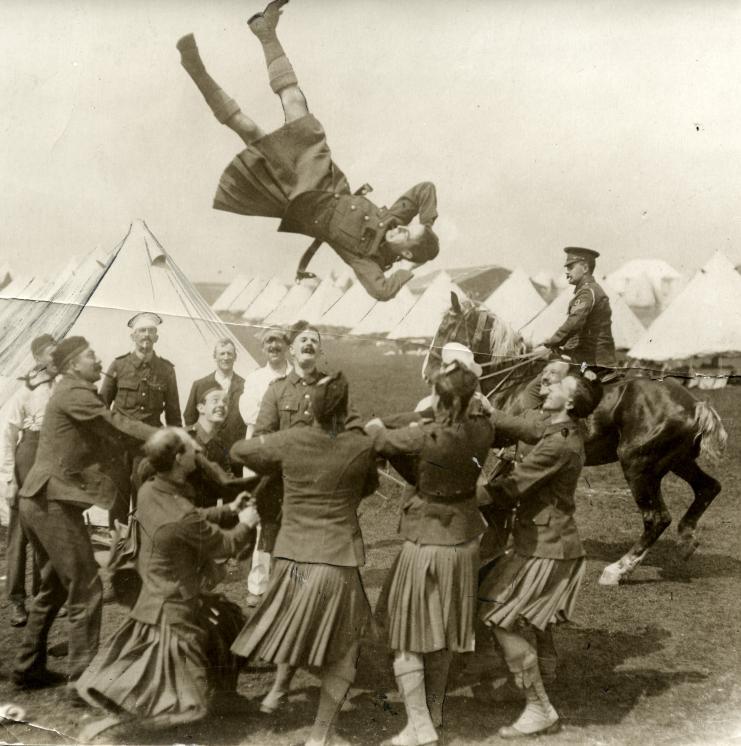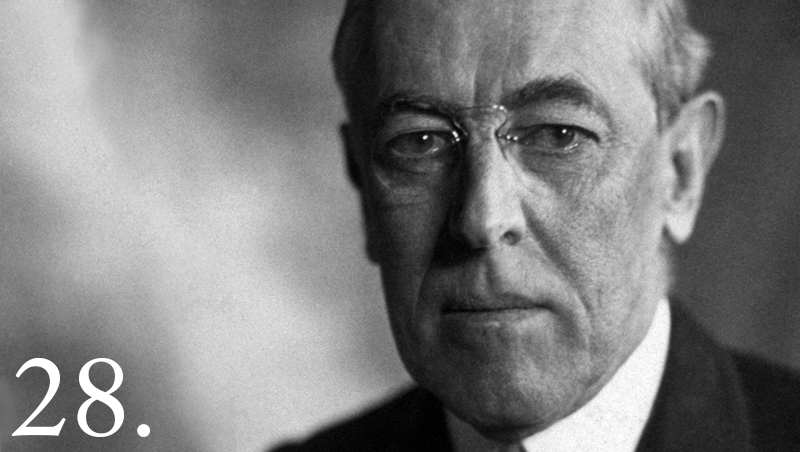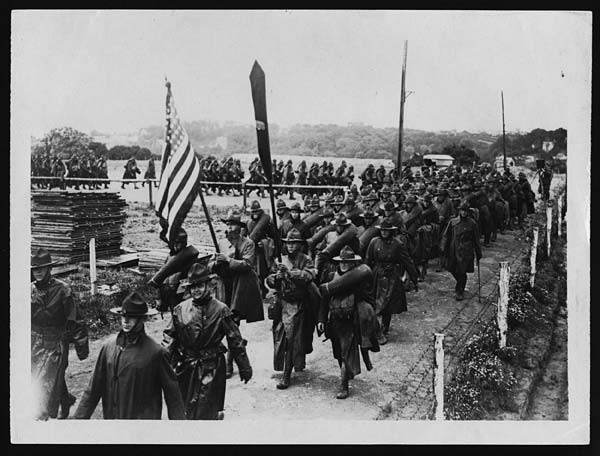What better way to remember those who fell in World War One than to book a battlefield tour! The World War One Historical Association, working with Randal S. Gaulke of Meuse-Argonne.com, is offering an eight-day tour of the major American battlefields of WW1. Tour dates are June 3-11, 2017. Tour cost is $2,300 per person, assuming double occupancy. The price includes most meals and costs, except airfare to France. The tour will be by motor coach, and it will include two walks each day of moderate length over relatively easy terrain.
If you’ve visited these battlefields before, Randal hopes to be able to show you some new things. If you haven’t visited the battlefields yet, be prepared for a moving experience. Our soldiers walked these roads, fields and forests. Many of them died there.
To some degree, there is flexibility to visit sites of importance to individual tour participants. Please contact Randal regarding such requests.
You can find a full flier and terms and conditions on the http://ww1ha.org website; and you can contact Randal Gaulke with any questions at 908-451-0252 or lavarennes@meuse-argonne.com.
Sign up today to reserve your space! Enrollment ends in late December.

Posted at Flickr by the National Library of Scotland: This image shows a British artilleryman demonstrating to a group of American soldiers. The gun, which is mounted rather precariously on a post, appears to be a Hotchkiss machine gun. This was a light, French-manufactured gun which was useful for its easy manoeuvrability.
Rudyard Kipling, in his poem, “The Ballad of the Clampherdown,” describes the sinking of a warship by a cruiser, “that carried the dainty Hotchkiss gun.”
[Original reads: “OFFICIAL PHOTOGRAPH TAKEN ON THE BRITISH WESTERN FRONT IN FRANCE. A British machine gunner explains the working of his gun to American troops.”]
A personal note from Susan:
I strongly encourage you to make this trip. I have traveled with Randal Gaulke and can attest that he is knowledgeable — his particular interest is the German army, so he can give perspective from the enemy side as well as the Americans’ — and a good tour leader. You’re in France! Yes, you want to go over hill, over dale, you want to hit the dusty trail, but you also want to enjoy yourself. Like these guys.

Posted at Flickr by the National Library of Scotland: Six soldiers are standing looking into the camera. They are wearing American uniforms and hats but they are not armed or equipped. The background is mostly obscured by the soldiers and is also out of focus. Three soldiers stand in a line with a fourth just visible behind them. They are laughing and look relaxed. In front of this stands two more soldiers. The older of the two has bent his head round to talk to the younger, while his hand is round his mouth forcing him to smile.
Although there is no official caption with this photograph it does record a very personal and intimate moment amongst this group of friends. It also illustrates the strong sense of camaraderie experienced by soldiers in World War I across a very wide age range.
[Original reads: “BRITISH OFFICIAL PHOTOGRAPHS FROM THE WESTERN FRONT – AMERICANS AT THE FRONT.”]














